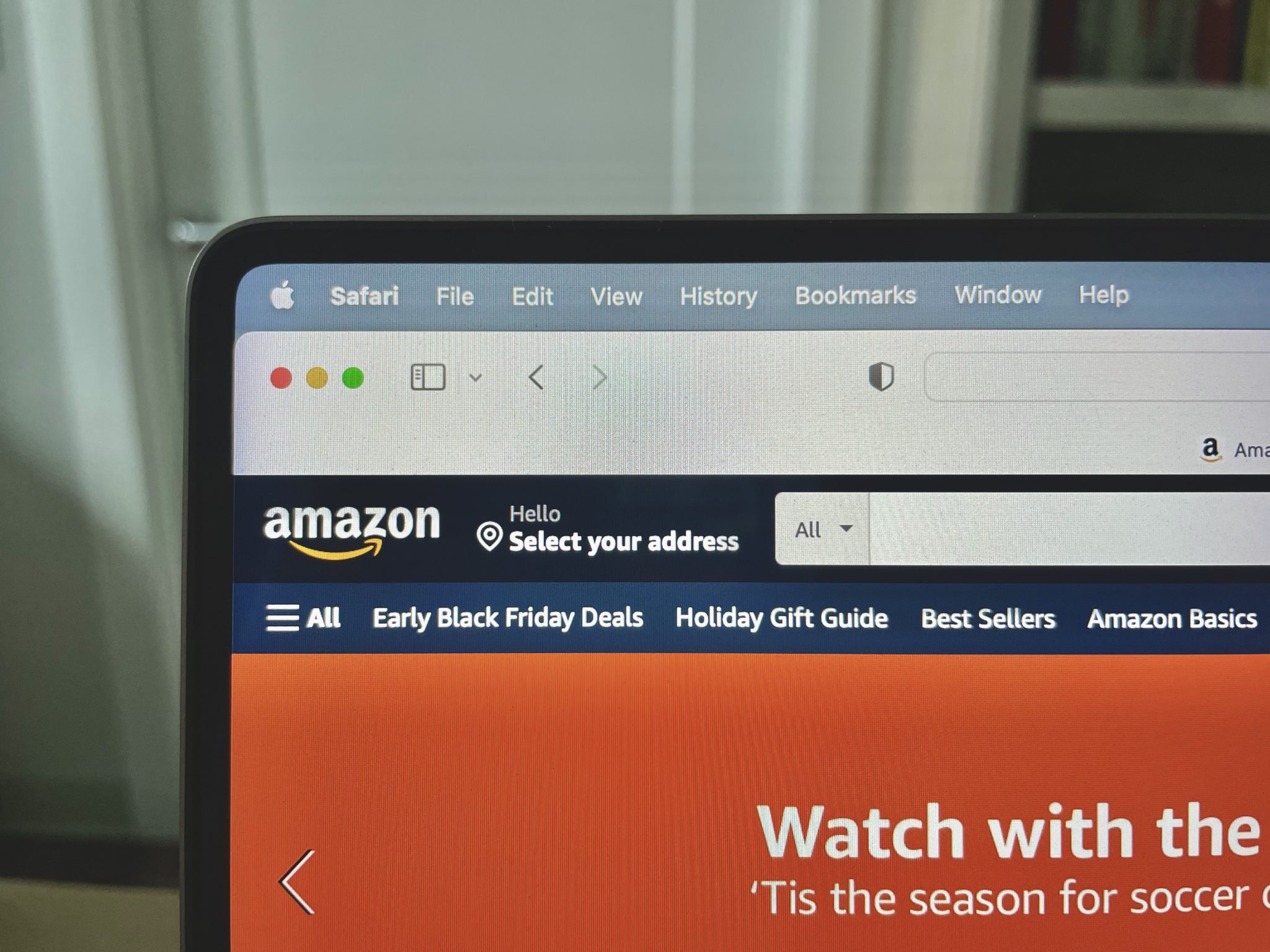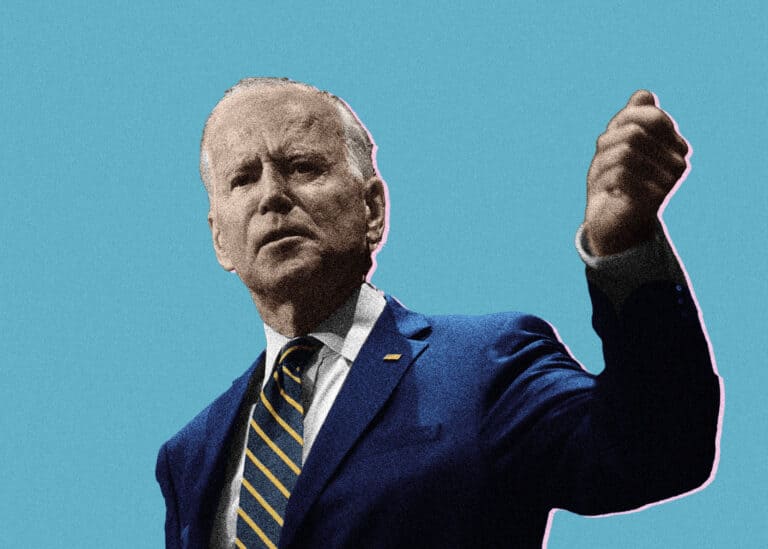
Sharon Block is a Professor of Practice and the Executive Director of the Center for Labor and a Just Economy at Harvard Law School.

Benjamin Sachs is the Kestnbaum Professor of Labor and Industry at Harvard Law School and a leading expert in the field of labor law and labor relations. He is also faculty director of the Center for Labor and a Just Economy. Professor Sachs teaches courses in labor law, employment law, and law and social change, and his writing focuses on union organizing and unions in American politics. Prior to joining the Harvard faculty in 2008, Professor Sachs was the Joseph Goldstein Fellow at Yale Law School. From 2002-2006, he served as Assistant General Counsel of the Service Employees International Union (SEIU) in Washington, D.C. Professor Sachs graduated from Yale Law School in 1998, and served as a judicial law clerk to the Honorable Stephen Reinhardt of the United States Court of Appeals for the Ninth Circuit. His writing has appeared in the Harvard Law Review, the Yale Law Journal, the Columbia Law Review, the New York Times and elsewhere. Professor Sachs received the Yale Law School teaching award in 2007 and in 2013 received the Sacks-Freund Award for Teaching Excellence at Harvard Law School. He can be reached at [email protected].

Tascha Shahriari-Parsa is a government lawyer enforcing workers’ rights laws. He clerked on the Supreme Court of California after graduating from Harvard Law School in 2024. His writing on this blog reflects his personal views only.
It has been more than six months since the Amazon Labor Union won its historic victory at a Staten Island warehouse, becoming the first union to organize a unit of Amazon employees in the United States. It has been more than six months, and yet bargaining has not even begun between the union and Amazon. By dragging its feet and delaying the process, Amazon undoubtedly is failing to comply with its legal duty to bargain in good faith. But the legal remedies available for a violation of the bargaining duty are too weak to offer Amazon workers much hope of forcing Amazon to come to the table — much less to negotiate an actual contract — any time soon.
So what is the way forward for the Staten Island workers? How can they turn their organizing victory into a contract that offers concrete gains for Amazon employees? In our view, one path lies in the use of a digital picket line, a path that we believe is available to the Amazon Labor Union under federal labor law. Let us explain.
If Amazon’s business depended on selling products through brick-and-mortar retail stores, the Staten Island warehouse workers could set up picket lines and distribute literature at those stores. The picket signs and leaflets would advise Amazon customers of the union’s position and ask customers not to shop at Amazon until the company begins bargaining in good faith (or until it completes a collective bargaining agreement with the union). Importantly, the warehouse workers’ right to picket the stores would be protected even if they had to go onto Amazon property to do so: as cases like Capital Medical Center, Hillhaven, ITT, and Curtin Matheson Scientific make clear, labor law protects the right of off-duty and offsite employees to access nonwork areas of company property to engage in union activity, including picketing that solicits support from consumers. If Amazon refused to allow the warehouse workers to picket in front of the stores — say on sidewalks or parking lots — solely on the ground that the sidewalks or parking lots were Amazon’s private property, then Amazon would be guilty of violating federal labor law (§ 8(a)(1) of the NLRA in particular).
The problem for Amazon workers is that Amazon does not depend on selling products through brick-and-mortar outlets (although there are a few such stores). This means a traditional picket line would inevitably fail: it would not allow the warehouse workers to communicate with Amazon’s customers; it would not allow the workers to ask customers not to shop Amazon until Amazon begins bargaining in good faith. But just because Amazon is an online retailer does not mean — indeed, it cannot mean — that Amazon gets to escape the reach of labor law. Instead, because Amazon has moved business online, labor law requires that the union be able to move its picket line online too.
What would such an online, or digital, picket line look like? The basic idea is relatively straightforward, as we’ve explained in previous writing. As in the brick-and-mortar context, when customers go to the place Amazon conducts its business — now the Amazon landing page — they would “see” the picket line. To shop on the website, each customer would have to make a decision: Do I cross the picket line? Or do I refuse to cross and take my business elsewhere?
Technologically, this could be accomplished in a number of ways: most straightforwardly, through a pop-up window on Amazon’s landing page. The union could produce a video of picketing workers along with a brief text statement explaining the union’s position (which could include a hyperlink to the union’s website for customers seeking more information — the equivalent to handing out a leaflet on the picket line). Amazon could then display the union-provided video and text on its website in a window that pops up on a user’s screen when they enter the Amazon website. This pop-up window would provide the customer with a choice: customers could click either “I want to cross the picket line and shop at Amazon” or “I do not want to cross the picket line.” Customers who clicked the first box would be taken to the Amazon site where they could shop as desired; customers who clicked the second box would be exited out of the Amazon site and taken to the last page they visited.
We have no doubt that, were it free to do so, Amazon would refuse to display the union’s pop-up picket on its landing page — just as Amazon would refuse, were it free to do so, to allow union pickets of brick-and-mortar stores. But Amazon is not free to do so. If the ALU requests that Amazon allow the union to carry out a digital picket line on the Amazon site, labor law would require Amazon to accede to that request. Were Amazon to refuse the request, the NLRB would be obligated to conclude that Amazon violated its employees’ rights under the same precedent — cases like Capital Medical Center, ITT,and Curtis Matheson Scientific — that make it an unfair labor practice for a company to deny workers’ access to an employer’s brick-and-mortar property for the purpose of picketing.
Amazon has chosen to conduct its business in cyberspace. Workers’ rights to picket follow it there.










Daily News & Commentary
Start your day with our roundup of the latest labor developments. See all
January 5
Minor league hockey players strike and win new deal; Hochul endorses no tax on tips; Trump administration drops appeal concerning layoffs.
December 22
Worker-friendly legislation enacted in New York; UW Professor wins free speech case; Trucking company ordered to pay $23 million to Teamsters.
December 21
Argentine unions march against labor law reform; WNBA players vote to authorize a strike; and the NLRB prepares to clear its backlog.
December 19
Labor law professors file an amici curiae and the NLRB regains quorum.
December 18
New Jersey adopts disparate impact rules; Teamsters oppose railroad merger; court pauses more shutdown layoffs.
December 17
The TSA suspends a labor union representing 47,000 officers for a second time; the Trump administration seeks to recruit over 1,000 artificial intelligence experts to the federal workforce; and the New York Times reports on the tumultuous changes that U.S. labor relations has seen over the past year.